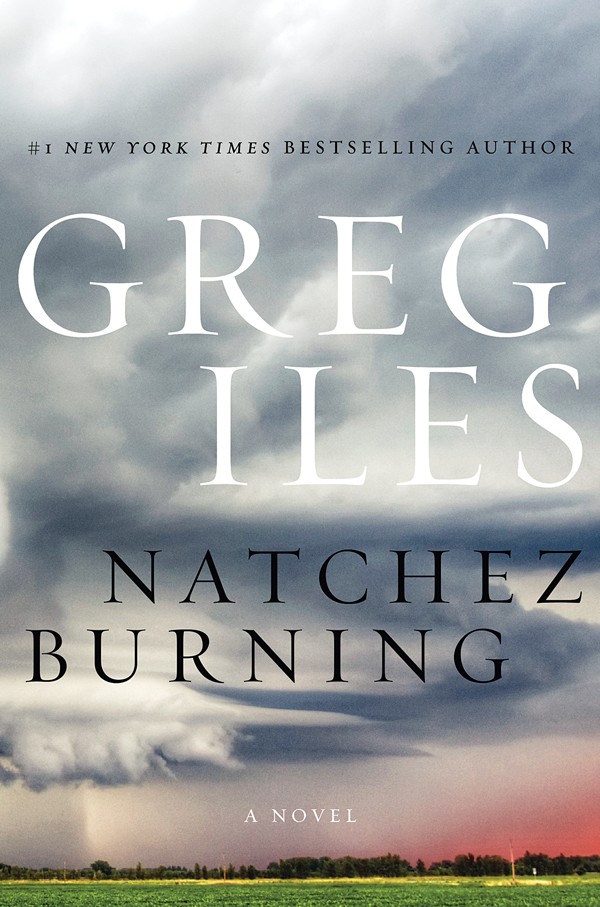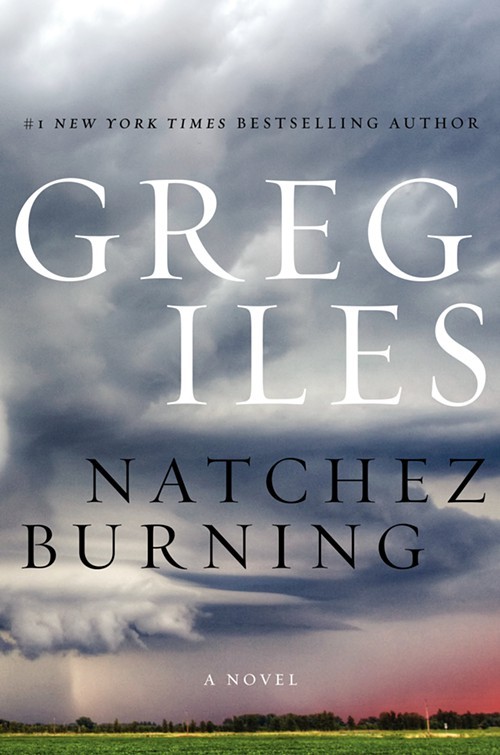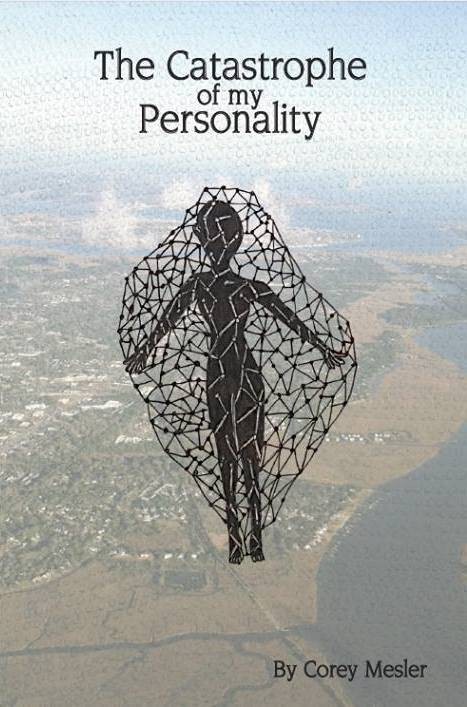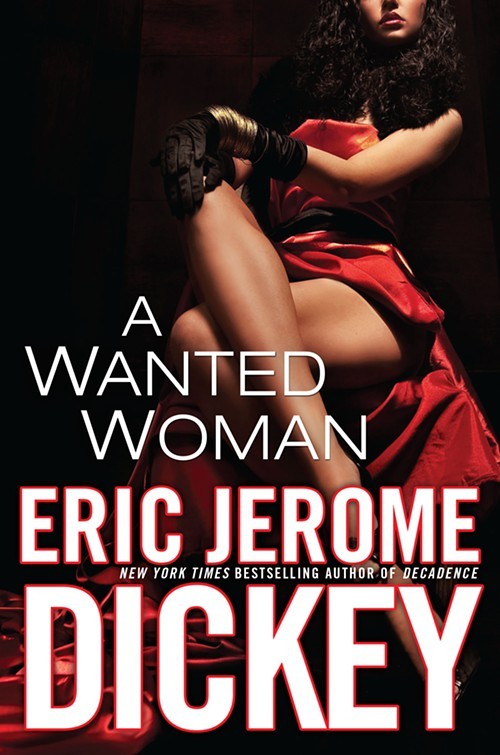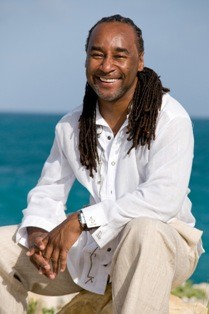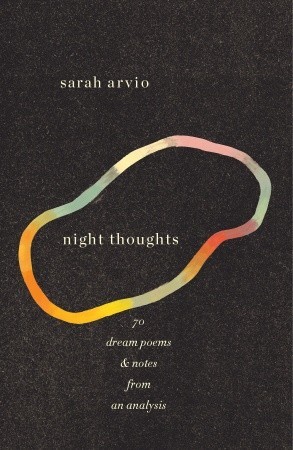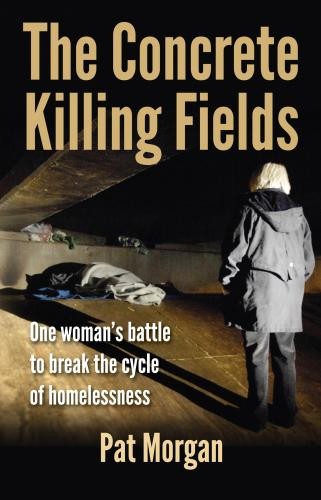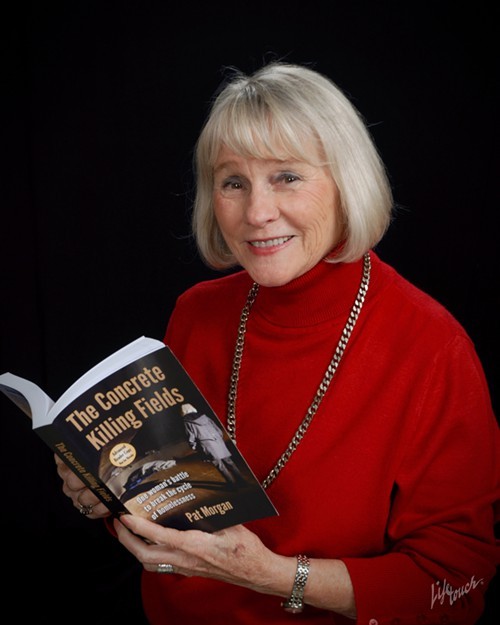For nearly a century and a half, the Lotos Club, located today in an impressive townhouse on New York City’s Upper East Side, has counted major writers, journalists, and critics as members. Lifelong member Mark Twain once called it the “ace of clubs.” And that’s where, last week, the club hosted a reception honoring two former Memphians: writers Anna Olswanger and Vince Vawter.
[jump]
Memphian Jane Fraser was at the Lotos Club too and doing the honors. As president since 1982 of the Memphis-based and internationally recognized Stuttering Foundation (and to coincide with National Stuttering Awareness Week, May 12th-18th), the foundation honored Olswanger for her Holocaust tale for young readers, Greenhorn, and Vawter for his novel for young readers, Paperboy. The gala recognized Alan Rabinowitz (A Boy and a Jaguar) and Scott Damian (V-V-Voice: A Stutterer’s Odyssey) as well.
As Fraser — daughter of the Stuttering Foundation’s founder, Malcolm Fraser, and co-author herself of If Your Child Stutters: A Guide for Parents — put it by email: “We on the committee felt [these authors] captured the true essence of stuttering and what it means to stutter.”
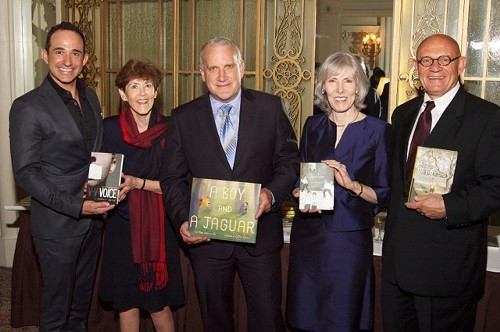
(Pictured: Stuttering Foundation president Jane Fraser — second from left — honors authors Scott Damian, Dr. Alan Rabinowitz, Anna Olswanger, and Vince Vawter during the foundation’s National Stuttering Awareness Week gala at the Lotos Club in New York City.)
As Fraser also pointed out, this year was something of a departure for the Stuttering Foundation’s annual gala. Actor Colin Firth (for his role in The King’s Speech) and newsmen John Stossel and Byron Pitts were recognized in recent years. This year, and true to the site of the May 13th ceremony, those recognized were all writers, and two of those writers — Vawter and Rabinowitz — are represented by Olswanger, senior literary agent with Liza Dawson Associates in New York. Even Olswanger admitted, though, she was surprised to learn she was being honored along with not one but two of the authors she represents. As she said in a speech to those attending the gala:
“You probably think I only represent books by stuttering authors or books with stuttering protagonists. I represent what I think are good books. Why are Paperboy and A Boy and a Jaguar good books? They are about stuttering, but they are bigger than stuttering. They are specific, physical, visceral. They are about children who are outsiders, children who are lonely, children who have deep feelings. And what I have learned as both a writer and literary agent is that if you are specific as a writer, it means the reader can enter your world and the wider your audience will be. It’s my job as a literary agent to help my clients develop the specifics. It’s my job to help them develop their stories. And that is also what I do as a writer. I discover stories. …
“Greenhorn, along with Paperboy and A Boy and a Jaguar, is about finding a voice. That is literal for stutterers, but it’s also the metaphor for all humans. It’s our quest while we’re on this earth to find out who we are, what we have to say, say it, and be heard.”
Vince Vawter, who grew up stuttering, has certainly heard back from readers this past year. Writing by email from his home in Louisville, Tennessee, Vawter had this to say of his Memphis-set novel:
“The Stuttering Foundation has been helping those of us with speech difficulties since 1947, the year after I was born. Since the publication of Paperboy in May 2013, I’ve been made more aware of how people, especially our young ones, continue to be frustrated by this ailment, which remains such a mystery.
“My book has given me the opportunity to chat one-on-one with dozens of young people who need to know that someone understands what they are going through. The Stuttering Foundation, so ably run by Jane Fraser, helped publicize that I was available to speak or video chat with anyone who needed an understanding ear. The reach of that organization is amazing, and I appreciate the support they have given me and Paperboy.”
The “reach” of Paperboy is about to increase dramatically. According to Vawter, contracts have been signed with six foreign publishers to take Paperboy worldwide.
And Greenhorn is about to reach film audiences. According to Olswanger, shooting in New York finished last week, and director Tom Whitus is ready to start postproduction for a scheduled premiere in October. For more on Greenhorn the movie and to help the film reach its final fund-raising goal, go here.
And to read more on the Stuttering Foundation’s recent gala, go to the piece written by Madeline Wahl on Huffington Post. It’s a moving essay that describes Wahl’s lifelong battle with stuttering and the isolation it so often brings. But as Wahl writes, on May 13th, in the company of strangers, the Lotos Club felt right where she belonged: home. •

